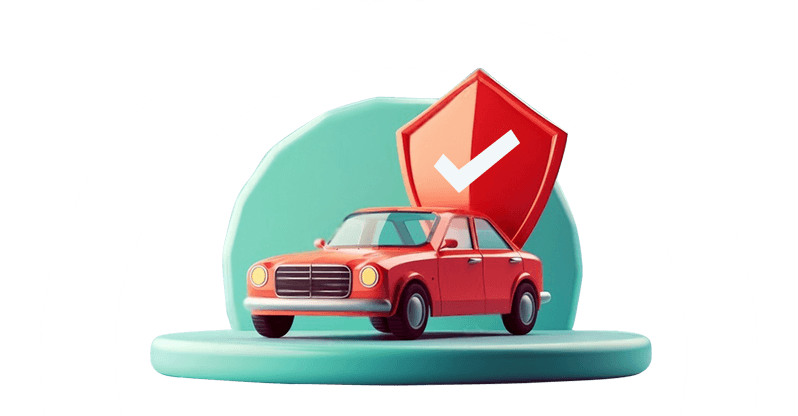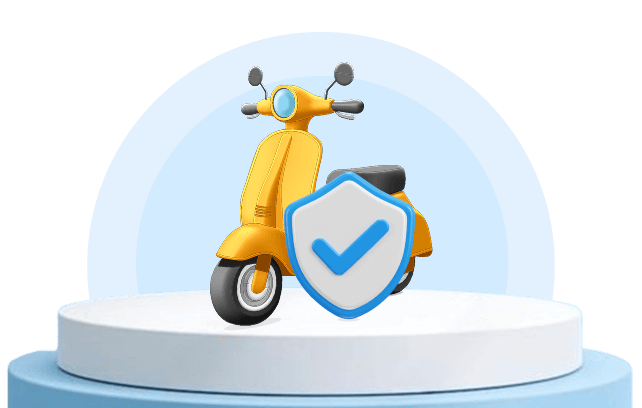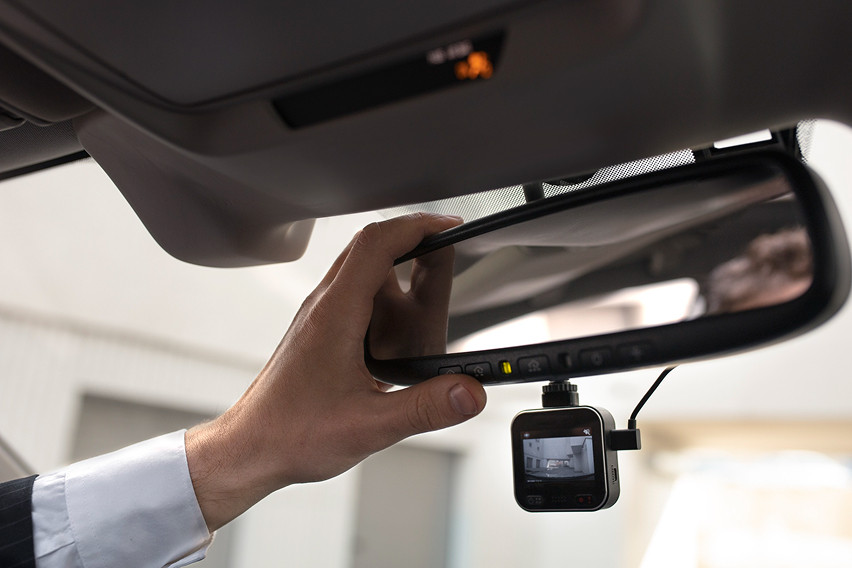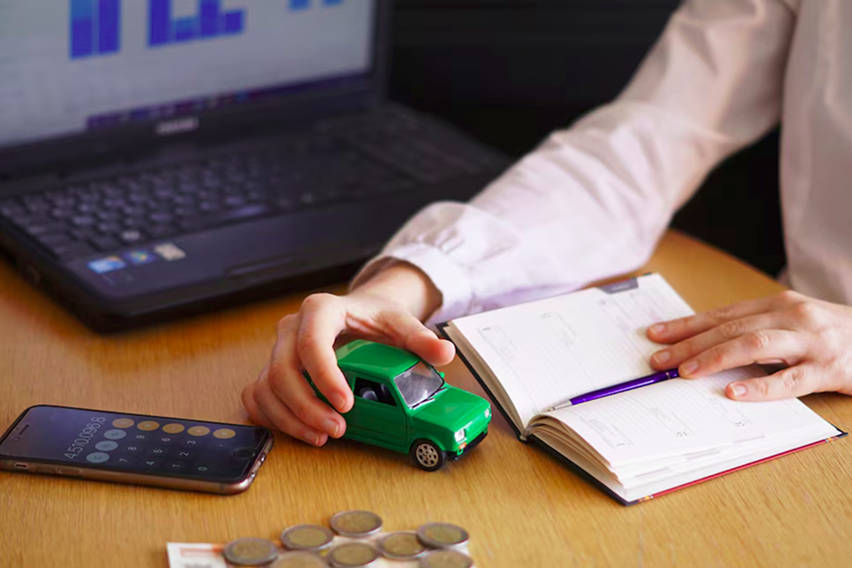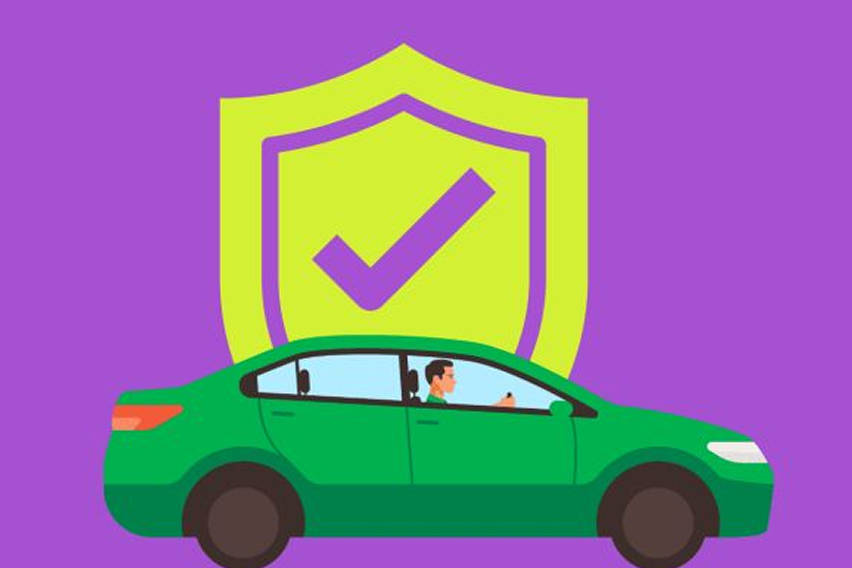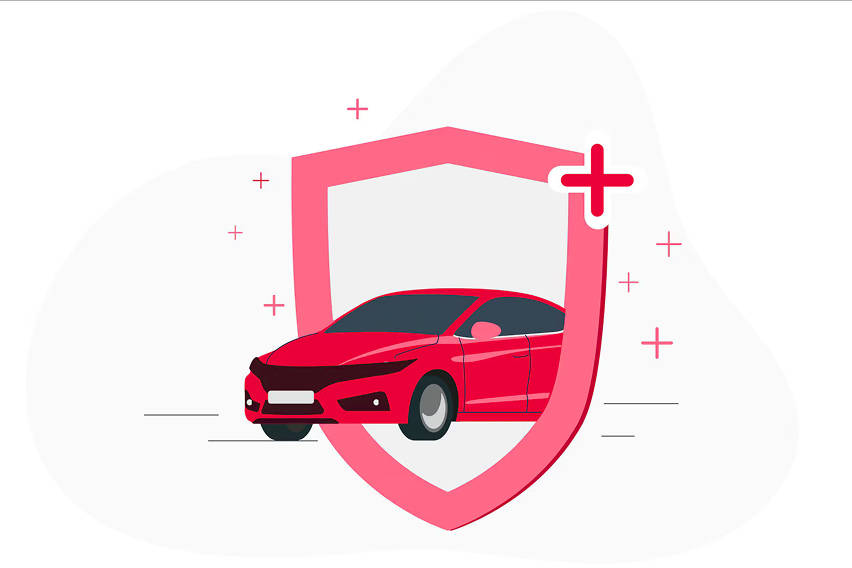
Vehicle theft and robbery are growing concerns among Filipino car owners. With every passing year, the number of registered car theft cases has continued to rise. It doesn’t matter if the car is in Metro Manila, Davao, or Cebu; there is a potential risk of theft hanging over it.
As a vehicle owner, you must also be concerned about your car; even a small scratch or dent on its body must trouble you greatly. Now, imagine your beloved vehicle getting stolen or damaged in a robbery attempt. The thought of it is harrowing, right, and you wouldn’t want it to happen in your rarest dreams.
So, what can you do? Yes, you can always invest in anti-theft devices like car alarms and immobilisers, but still, there’s no 100% guarantee that your car is safe. Here, obtaining an appropriate car insurance policy with theft coverage is the only way to guarantee peace of mind and relief from unexpected expenses.
If even the thought of car theft bothers you, then this article is for you. Here, we have discussed everything related to car insurance and theft, including damage and items stolen during a car robbery attempt.
So, without any delay, let’s begin…
Car insurance: A brief understanding and popular providers
Car insurance in the Philippines generally falls into two categories -
Compulsory Third Party Liability (CTPL) insurance: This is mandatory for all motor vehicle drivers and primarily covers the injury or death of a third party.
Comprehensive insurance: Optional but highly recommended insurance for all vehicles. It covers theft, damages, natural disasters, vandalism, and other related events.
Popular insurance providers in the Philippines
Some of the top names in the business (in no particular order) are listed below -
- AXA Philippines
- MAPFRE Insular Insurance Corporation
- Oona Insurance
- Malayan Insurance
- FPG Insurance
- Standard Insurance
All these insurance providers, along with others, offer varying degrees of protection for a motor vehicle. The policy is often bundled with coverages such as accidents, acts of nature, and theft.
Car insurance & theft: What is covered?
What is theft? Insurance companies often define car theft as the unauthorised taking of a vehicle with the intent to deprive the owner of it. Car theft can be in the form of - carnapping, carjacking, and burglary from the parking. While the latter is a clear act, let’s discuss the first two types of car theft. Now, both carnapping and carjacking are distinct acts but are related to the same crime, i.e., theft of a motor vehicle.
- Carnapping - Under RV 10883, carnapping is defined as the unlawful act of taking a car with the intent to gain.
- Carjacking - It is a violent attempt to steal the car from the driver and occupants. It often involves the use of force and threat.
Is car theft covered under insurance? It depends. Suppose your car insurance policy includes comprehensive coverage. In that case, you have the coverage. However, if your policy only includes CTPL insurance, your vehicle is not protected against theft and its associated damages.
 Photo from Freepik
Photo from FreepikCar insurance and damage caused in the attempt at robbery
Many times, robberies fail, even after the best attempt; thieves aren’t able to break into the car, and in the process end up damaging the vehicle, for instance, broken windows and locks, damaged ignition, and forced doors.
Now, the question is, do insurers offer any protection against such damages? The answer is yes, given that your policy includes comprehensive insurance, which usually covers the following: repair and labour costs of the damaged parts. Sometimes, even the towing fee is covered (if the policy includes roadside assistance).
However, to file a claim and have it approved, it would be helpful to have the following: a police report, photos of the damage, and CCTV footage of the incident.
Car insurance and personal items stolen from a car
It is a general query amongst policyholders about whether personal items are covered under car insurance. Most car insurance policies do not cover personal belongings, such as laptops, smartphones, bags, sunglasses, and cash.
However, some insurance providers offer ‘personal belongings’ coverage as an add-on. That’s because these days, we often travel with expensive gadgets that can get damaged in an accident or stolen from our cars.
Tip: Alternatively, you can cover your personal belongings under your home insurance policy; either option will work.
Standard exclusions: Types of theft not covered
Some scenarios or situations are just off the charts when it comes to car insurance coverage for car theft. For instance -
- When theft occurs due to the driver’s negligence, such as leaving the keys inside or the windows open.
- When a friend or family member premeditates theft.
- No police report is filed.
- Aftermarket accessories were not declared to the insurer.
How to file a car theft-related insurance claim - A step-by-step guide
Step 1: Report the incident to the police as soon as possible.
Step 2: Next, contact your insurance agent or your insurer's hotline to report the incident.
Step 3: Gather and submit essential documents, including a police report of the incident, vehicle OR/CR, etc.
Step 4: Wait for inspection.
Step 5: Wait for approval for repair or reimbursement.
Here are a few tips to strengthen your claim -
- Report the incident to your insurer as soon as possible, as delays can lead to claim denial.
- Report the matter to the police within 24 hours or as soon as possible.
- Collect evidence, take photos, video, and CCTV footage.
- Install a dashcam or a GPS tracker in your car.
- Avoid tampering with the vehicle before the police and adjuster inspect it.
 Photo from Freepik
Photo from FreepikTheft coverage and premium
The insurer calculates car insurance costs after considering several factors, including the vehicle's make and model, location, the driver’s age and history, claim history, and the installation of an anti-theft device. Furthermore, the premium increases with the inclusion of add-ons, such as theft coverage in this case.
However, several factors can affect theft coverage costs -
|
Parameters |
Impact of theft coverage cost |
|
Expensive & Luxury car |
Increase |
|
Installation of an anti-theft device |
Decreases |
|
Location with a high risk of theft |
Increases |
Preventing car theft - Tips for Filipino car owners
- Install anti-theft devices, such as car alarms, GPS trackers, and immobilisers.
- Park the car in a secure and well-lit area.
- Don’t leave valuables in the car in plain sight.
- Always lock the doors, even if you're stepping out for just a minute or two.
Bottom line
Car theft is a reality we can’t ignore; what can happen to others can also happen to us. Therefore, it is better to take all necessary precautions before the D-day hits. So, what can you do? Apart from taking theft coverage, consider installing anti-theft devices in your car and a CCTV system in your home's parking area, and always park in a secure location.
When it comes to car insurance and the protection it offers against theft, always opt for comprehensive insurance, as it provides broad coverage, including protection against theft.
FAQs
Q1. Does a car insurance policy cover the gadgets stolen from the car?
Ans. Yes, if your car insurance policy includes the personal belongings add-on.
Q2. What if my car gets damaged in an attempted robbery?
Ans. If you have a comprehensive insurance policy, you can file a claim against the damages.
Q3. My car’s battery and stereo got stolen. Can I file a claim?
Ans. Yes, you can file a claim; however, some insurers consider such robberies as ‘partial thefts’ and exclude them from the coverage.
Q4. I only have CTPL insurance. Will it be of any help in case of car theft?
Ans. No. CTPL insurance only covers third-party injury or death in the event of a car accident involving the insured vehicle.
Q5. Is it helpful to install anti-theft devices in the car?
Ans. Yes, installing anti-theft devices helps reduce the premium and is advantageous when filing theft claims.
Q6. Can I insure my dashcam and car accessories?
Ans. Yes, just declare them to your insurer and pay the extra price.
Q7. Is there a specific timeline for reporting a car theft incident to the police?
Ans. It is recommended to report the matter immediately, preferably within 24 to 48 hours.
Also Read: Roadside Assistance in the Philippines: What it covers and why you need it
